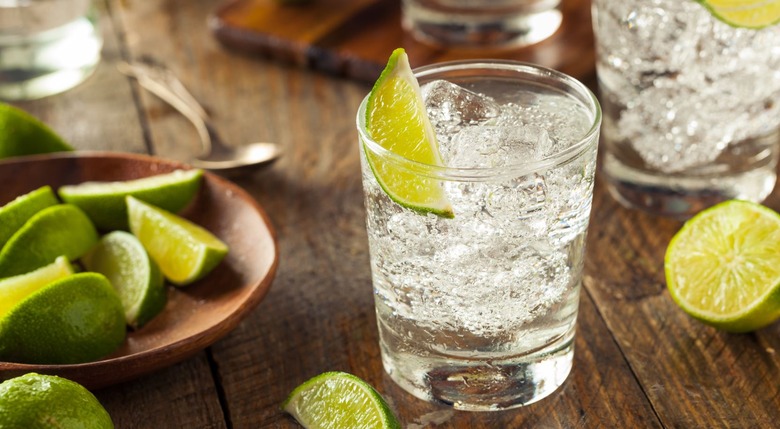Booze 101: All About Gin
Chances are, you've uttered those resigned words or something similar in your lifetime of dating. From our old man's liquor cabinet and classic films like Casablanca, to Billy Joel's "tonic and gin" in "Piano Man" and Snoop Dogg "sippin' on gin and juice," the botanical spirit has been ubiquitous in our drink consciousness for generations.
AROMAS AND FLAVORS
Gin, a generally clear spirit distilled from malts or grains and flavored with juniper berries, is the liquor of legends and cloak and dagger secrecy, often made of a proprietary mix of botanicals. While some confidential recipes may be locked in a vault, the following are a list of probable ingredients you can find in various gins:
- coriander
- citrus peel (orange, lemon)
- grains of paradise
- anise
- fennel
- licorice
- angelica root
- cassia bark
- orris root
- cucumber
THE TYPES
Dizzy yet? Categorized styles are aplenty too, so let's break those down.
Genever (Jenever): The precursor to gin, this category could stand apart from gin entirely. Malty with notes of herbs and spices, it can further be divided into jonge, oude, and korenwijn. Examples: Bols, Anchor Genevieve, Van Wees, Zuidam, Ketel 1 Graanjenever.
London (or London Dry): The most common style of gin, usually bottled at 45% ABV (90 proof). While the name is a legal specification recognized in the EU and the United States, there is no reference to specific geography, and can be made anywhere in the world. It is often known for its citrus profile from the addition of orange peel and dried lemon. However, any addition of artificial flavors or colors is prohibited. Examples: Beefeater, Bombay Sapphire, Tanqueray.
For more gin types, and to read the full article on Pacific Magazine, please click here.
